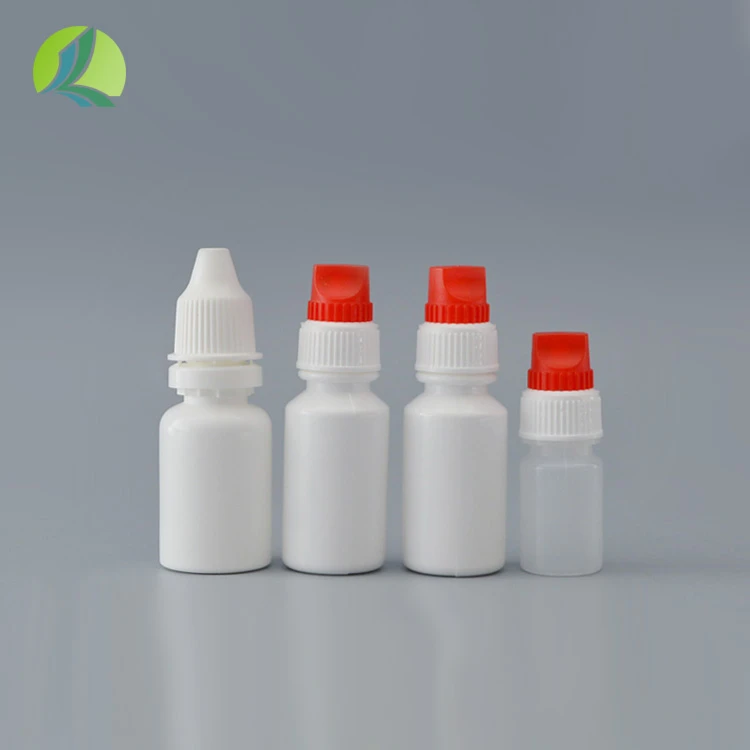Durable Plastic Materials for Petri Dish Applications in Laboratories and Research
The Role of Plastic Materials in Petri Dish Production A Comprehensive Overview
Petri dishes, a staple in laboratories around the globe, are fundamental tools in microbiology and various scientific disciplines. They provide a controlled environment for the growth of microorganisms and cells, facilitating research and experimentation. Over the years, the materials used to manufacture Petri dishes have evolved, with plastic becoming the predominant choice. This article explores the reasons behind the widespread use of plastic for Petri dishes, the types of plastic used, and the implications for research and environmental sustainability.
Advantages of Plastic Petri Dishes
One of the primary reasons plastic has become the material of choice for Petri dishes is its versatility. Plastic Petri dishes are typically made from polystyrene, a lightweight and durable material. Polystyrene dishes are transparent, allowing easy observation of the culture growth. Furthermore, they can be produced in various sizes and shapes to suit specific scientific needs.
Another significant advantage of plastic over traditional glass dishes is the reduced risk of breakage. Glass Petri dishes, while reusable and easy to sterilize, are more fragile and can shatter, posing safety hazards in laboratory environments. The lightweight nature of plastic containers minimizes the risk of accidental breakage, making them safer and more practical for routine laboratory use.
Plastic Petri dishes are also cost-effective. They are produced in bulk and are inherently less expensive than glass dishes. This affordability encourages laboratories, especially those in educational or developing settings, to adopt these products without compromising on quality or results.
Varieties of Plastic Used in Petri Dishes
petri dish plastic material

The most common type of plastic used in Petri dish manufacturing is polystyrene. This material is chosen for its clarity and strength, which ensure an ideal growth environment for cultures. Additionally, polystyrene can be easily molded into various sizes and configurations, catering to different laboratory needs.
Another emerging material is polypropylene, which has a higher resistance to heat and chemical solvents. While polypropylene dishes are often more expensive, they offer the advantage of being autoclavable, making them suitable for applications that require stringent sterilization processes.
Environmental Considerations
Despite their advantages, the use of plastic Petri dishes raises significant environmental concerns. The single-use nature of most plastic labware contributes to waste generation and poses challenges for recycling initiatives. Many laboratories dispose of plastic Petri dishes after one use, leading to a significant accumulation of plastic waste in landfills and oceans.
In response to these challenges, the scientific community is increasingly exploring sustainable alternatives. Biodegradable materials, such as those derived from corn starch or other organic sources, are being investigated for their potential to reduce environmental impact. Additionally, some labs are adopting recycling programs and looking for ways to repurpose plastic materials to minimize waste.
Conclusion
In summary, plastic Petri dishes play a crucial role in modern laboratories, offering numerous advantages such as versatility, durability, and cost-effectiveness. However, the environmental implications of their widespread use cannot be overlooked. As science continues to advance, it is essential to also consider sustainable practices that can mitigate the negative impact of plastic on our planet. By balancing the needs of research with environmental responsibility, the scientific community can pave the way for a brighter and more sustainable future.
-
Aesthetic Makeup Spray Bottles | Fine Mist Empty RefillableNewsAug.19,2025
-
White Plastic Veterinary Vaccine Vials | Lab Liquid BottlesNewsAug.18,2025
-
Plastic Medicine Liquid Bottle: Secure Flip Top Drug VialsNewsAug.17,2025
-
Durable 250ml Blue Plastic Vaccine Vial for Lab & Vet UseNewsAug.16,2025
-
Sterile Virus Sample Tubes: Secure & Reliable Specimen CollectionNewsAug.15,2025
-
White 250ml Plastic Vaccine Vial for Lab & Vet MedicineNewsAug.14,2025
























